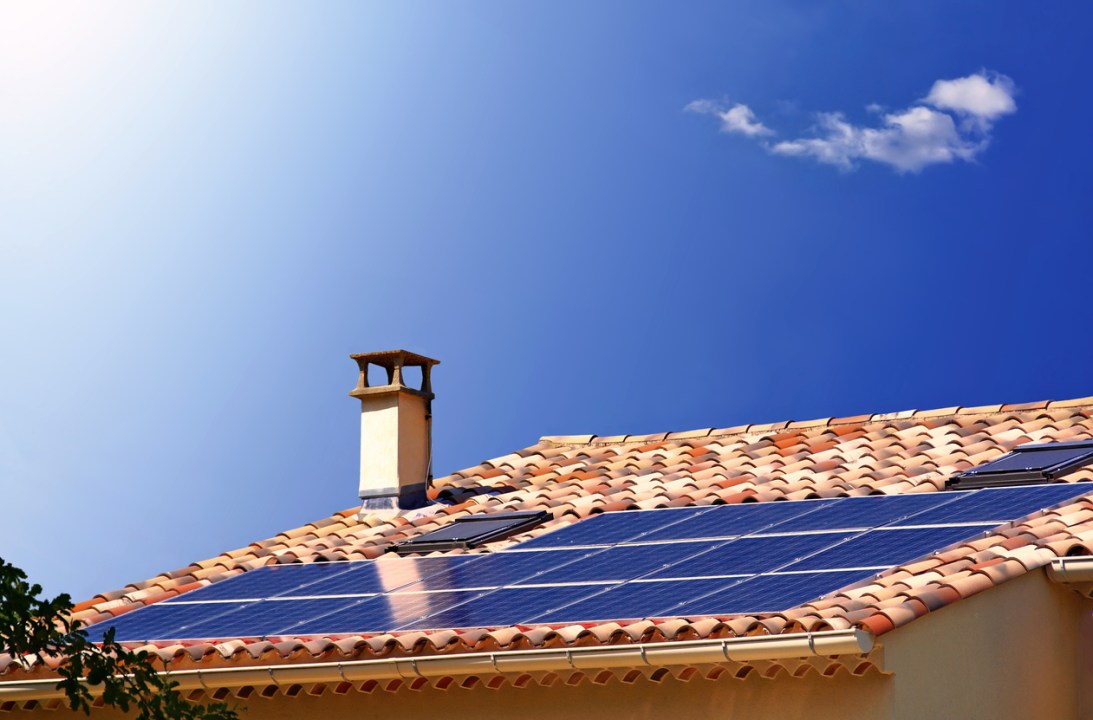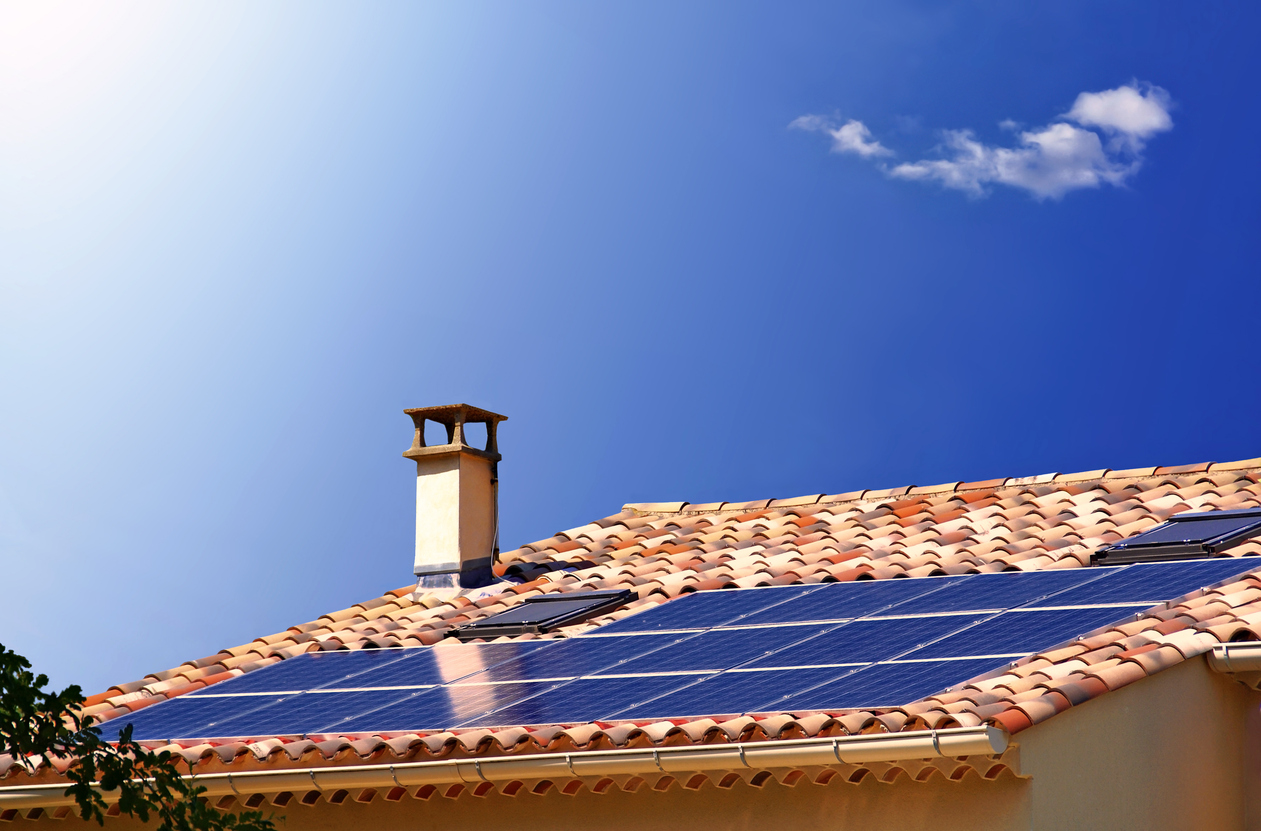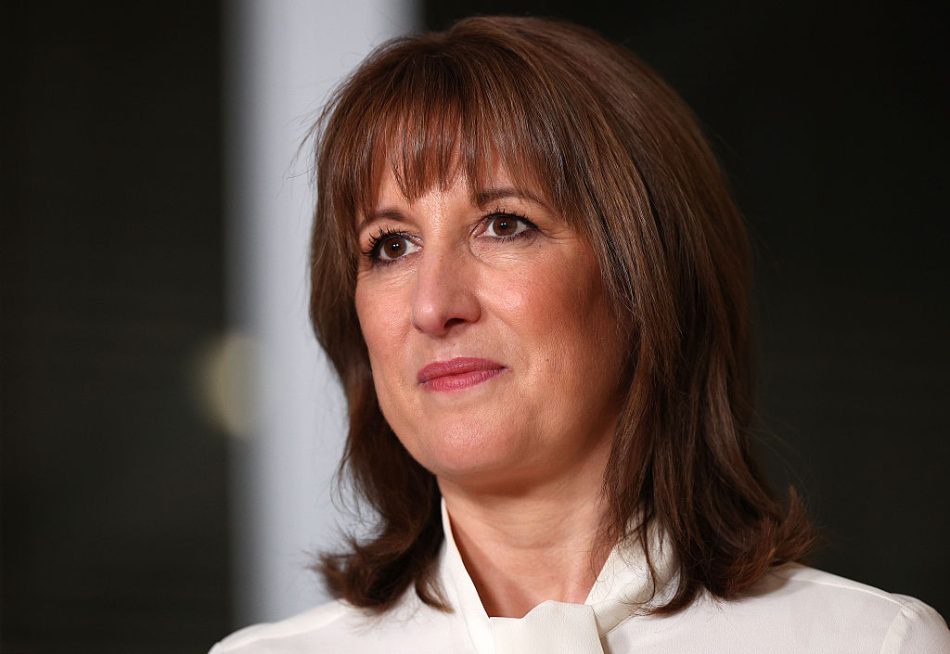What better accessory for my fleet of electric cars (well, two) than my own solar power station, converting the rays of the sun into blistering acceleration? I am propelled by a love of tech gadgets and the prospect of a quick killing. Do not confuse me with Net Zero zealots – I’m in this eco game for myself.
So far today, my roof has thrown off 62.8 kWh – enough to drive my 2019 Hyundai Kona Electric for 350 km. (The other car is a Tesla, which I am scared to take out after a dozen of its brethren were recently incinerated in Toulouse.) Solar panels are the best investment game in town, and that’s why they’re going gangbusters in France – despite the bureaucratic mountain you have to climb.
First, I had to submit drawings and specifications on paper and electronically. Next, digital photos and computer renderings to persuade the functionaries at Bâtiments de France that my panels would not harm the view from the church tower, a historic monument. Then there was further exhausting intercourse with EDF.
And now I have been certified as a producer of electricity in France – one of a select group of 500,000 households that have climbed on the green bandwagon. This is sweet for us, but may not be so great for France, to be frank. A report in February by retired admiral Jean Casabianca warned that solar power risks the stability of France’s electricity grid. The risk is that renewables introduce huge fluctuations into the grid. In the quickest QED in history, Spain’s power grid collapsed – blamed on renewable-heavy systems. Here in Miller Towers, pas de souci.
After I have charged the cars, powered the dodgy heat pumps, recharged Bella’s GPS tracking collar and blanketed every square centimetre of the domain with gigabit wifi, I sell the excess to EDF – the parastatal generating company also responsible for Hinkley Point C in Somerset. They don’t really want to do business with the likes of me but are required to by the statutory Obligation to Buy, imposed in a flight of green fancy by the government in 2000. EDF honestly hates us. It is forced to pay us above wholesale costs for electricity that is becoming close to valueless during the day – and we are destabilising its network at night.
It has been exactly one year since I activated the parc solaire and started farming sunbeams. So it’s an opportune moment to take stock of the project. I am aware that my experience in Occitanie might differ from that of someone in, for example, Essex.
Here in the land of baseload nuclear energy – and especially way down here in the south with lots of sunshine – the problem is not a lack of power but increasingly an excess of it, as panels proliferate everywhere: on houses, sports halls and, most recently, in supermarket car parks. Of course, all these panels are useless at night.
In April 2024, before my solar panels were activated, I imported 2,594 kWh of electricity. In April this year, my importation was 949 kWh. The rest I produced myself. My bill fell from €690 to €222 – a 63 per cent reduction. This is the first month in which I have been able to do a direct comparison on the year before.
It has been exactly one year since I activated the parc solaire and started farming sunbeams
There’s more to come. I will soon receive an annual payment for exporting my surplus electricity to the grid. And kind Mr Macron has promised me yet another €2,000 bung to reward me for my investment in eco-friendliness. I should feel guilty about this, watching my poorer neighbours heat their houses with bottles of propane and even kerosene. But I don’t – since the state will simply borrow the money to pay me, I regard this as a modest contribution to the €3 trillion debt mountain.
What about the microeconomics? The cost of installing the solar was around €30,000. The carport cost another €30,000, but I was building that anyway and it needed a roof. The solar roof, made of translucent architectural panels, obviously cost wildly more than a conventional tile roof.
My solar panels have a nominal capacity to generate 12 kWh, although the output has never exceeded 10. Normal, apparently. The costly bit is the equipment where the direct current coming off the roof is converted to alternating current – to be consumed by me or injected into the grid. And then there was the cost of an electrician who knew what he was doing, and the visit by the network provider Enedis to upgrade me to a meatier three-phase 24 amp connection.
The returns, however, are fabulous. In the longer days, when the sun is unobstructed, I usually export more power than I consume. But when the sun goes down, I import it. I pay twice as much to import current than I get for exporting it. December and January yield little. So I still get a bill – just a lot smaller.
All this so far seems to equate to a yield on investment of 14 per cent – a truly staggering sum. The Livret A, the main consumer savings vehicle here, pays 2.4 per cent. If there’s spare cash, it’s a no-brainer. If you have to borrow the money, the calculus is different – but you may still be quids in.
I asked my research assistant Grok, my preferred AI engine, to calculate the return on investment of a hypothetical similar system to mine, but in Essex, with its reduced iridescence. After lengthy workings, all of which seemed to my non-actuarial eye to be reasonable, it calculated the rate of return at 6 per cent. This calculus presumably worsens as you move further north in Britain and the skies darken.
My instinct tells me these calculations are optimistic – wildly so once you start adding the cost of heat pumps, upgrading the electricity connections and maintaining it all. The maintenance, I must signal, is not entirely straightforward. Mrs M has gone to London to have a shower because we’ve had no hot water here for ten days. The village plumber arrived and was defeated by what he called a ‘usine de gaz’ – a colloquial French expression for a wilderness of complications. Electric living is not as straightforward as it seems. I have had to summon a specialist technician from Béziers.
The Net Zero Secretary, Ed Miliband, is very keen on solar panels and heat pumps for all of you in Britain. Various incentives are in place – but as the sun sets in the Languedoc and I steel myself for a cold shower, my useless Tesla fully charged with nowhere to go, I advise caution. I don’t think my own experience in one of the sunniest spots in Europe equates to the results in Britain – where, at least pending the Miliband revolution, there is still hot water.








Comments